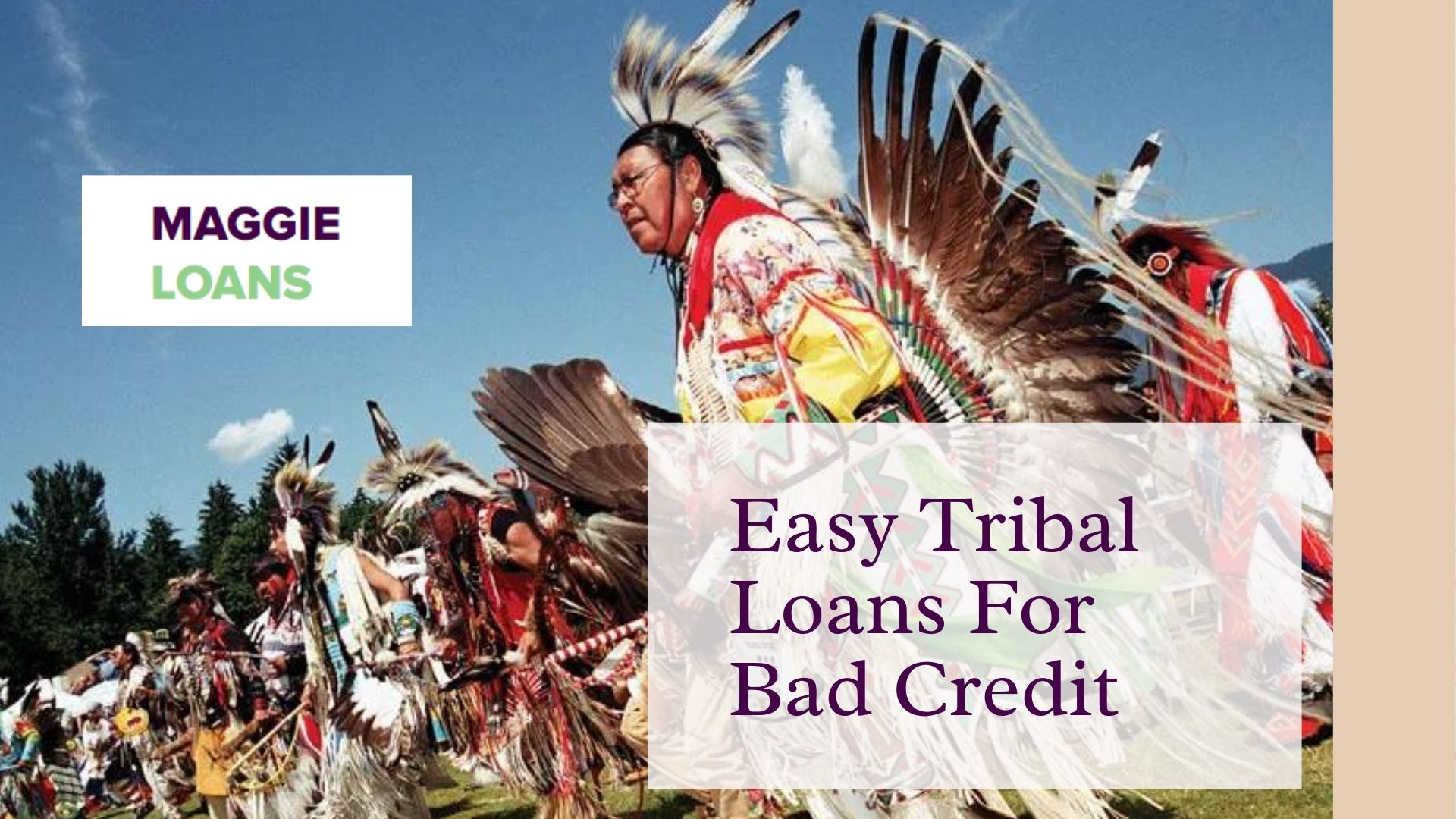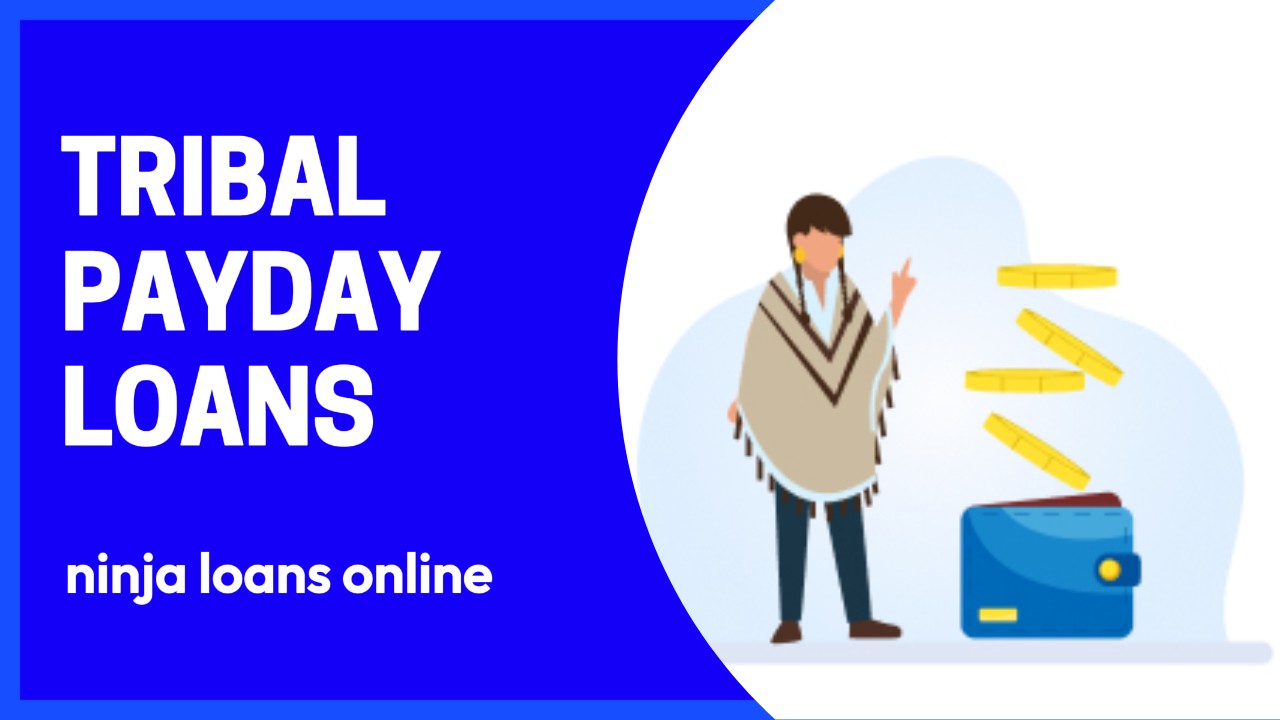
Tribal Loans with Minimal Documentation: A Comprehensive Review
In the intricate landscape of personal finance, the need for quick access to funds can arise unexpectedly. For individuals with less-than-perfect credit scores or those who simply cannot navigate the stringent requirements of traditional lending institutions, options can feel limited. This is where the concept of "Tribal Loans with Minimal Documentation" often enters the conversation, positioning itself as a potential lifeline. This comprehensive review delves into the mechanics, advantages, and significant disadvantages of these loans, culminating in a balanced recommendation for prospective borrowers.
What Are Tribal Loans? Understanding the Framework
Before dissecting the "minimal documentation" aspect, it’s crucial to understand the foundation of tribal lending. Tribal loans are a specific type of installment loan offered by lending entities owned and operated by Native American tribal governments. These lenders operate under tribal law, not state law, leveraging the principle of tribal sovereignty. This legal framework allows them to bypass certain state regulations, particularly those concerning interest rate caps, which traditional lenders must adhere to.
The loans are typically offered online, making them accessible to a broad national audience. While they share similarities with payday loans – being short-term and often high-interest – tribal loans are generally structured as installment loans, meaning repayment occurs over several scheduled payments rather than a single lump sum on the borrower’s next payday. This structure can make them seem more manageable at first glance, but the underlying costs can be substantial.

The Allure of "Minimal Documentation"
The phrase "minimal documentation" is a significant draw for many borrowers. In an era where traditional banks demand extensive credit histories, income verification, and a myriad of forms, the promise of a simplified application process is compelling.
For tribal lenders, "minimal documentation" typically means:
- Basic Personal Information: Name, address, phone number, email.
- Proof of Age and Identity: Often a government-issued ID.
- Active Bank Account: For direct deposit of funds and automated repayment deductions.
- Verifiable Income Source: This might not be as rigorous as traditional checks; it could involve just showing a regular income, not necessarily a high one or one from a conventional employer (e.g., gig economy workers, self-employed individuals).
- No Hard Credit Check (Often): Many tribal lenders rely on alternative data or "soft" credit checks that don’t negatively impact a borrower’s credit score. This is a primary reason why individuals with poor credit gravitate towards these options.

This streamlined approach allows for remarkably fast approval and funding times, often within 24-48 hours. For someone facing an immediate financial emergency – an unexpected car repair, a medical bill, or a sudden utility shut-off – the speed and lack of bureaucratic hurdles can appear to be an invaluable advantage.
Advantages of Tribal Loans with Minimal Documentation
When viewed through the lens of immediate accessibility and convenience, tribal loans with minimal documentation offer several benefits for specific borrower profiles:
-
High Accessibility for Bad Credit Borrowers: This is arguably the most significant advantage. Traditional banks and credit unions often reject applicants with low credit scores. Tribal lenders, due to their less stringent underwriting processes and reliance on factors other than FICO scores, provide an avenue for those who have been turned away elsewhere.
-
Rapid Application and Approval Process: The "minimal documentation" aspect directly translates to speed. Applications are typically online, straightforward, and can be completed in minutes. Approval decisions are often near-instantaneous, with funds deposited into the borrower’s account within one to two business days. This makes them a viable option for genuine financial emergencies.
-
Convenience and Online Access: The entire process, from application to funding, is usually conducted online. This eliminates the need for in-person visits, extensive paperwork, or waiting in lines, offering unparalleled convenience for borrowers in remote areas or those with busy schedules.
-
No Hard Credit Checks (Often): Many tribal lenders perform only "soft" credit checks, which do not impact the borrower’s credit score. For individuals already struggling with their credit, this is a crucial benefit as it prevents further damage to their financial standing.
-
Alternative to Payday Loans: While similar in some aspects, tribal installment loans can sometimes offer more flexible repayment terms than traditional single-payment payday loans. The ability to repay over several weeks or months, even if at a high cost, can feel less overwhelming than a lump-sum repayment.
-
Emergency Financial Bridge: For those in a dire situation with no other recourse – no savings, no credit cards, no family to borrow from – a tribal loan can serve as a temporary bridge to cover essential expenses and prevent a worse financial crisis (e.g., eviction, utility disconnection).
Disadvantages of Tribal Loans with Minimal Documentation
Despite the apparent benefits, the disadvantages of tribal loans with minimal documentation are substantial and, for many, far outweigh the advantages. These loans come with significant risks that can trap borrowers in a cycle of debt.
-
Exorbitant Interest Rates (APRs): This is the most critical drawback. Due to their exemption from state usury laws, tribal lenders can charge extremely high Annual Percentage Rates (APRs), often ranging from 400% to well over 700%, and sometimes even higher. To put this in perspective, a $500 loan could end up costing a borrower several thousand dollars in interest and fees over the repayment period. This makes them incredibly expensive.
-
Debt Traps and Rollovers: The high cost combined with relatively short repayment terms can make it difficult for borrowers to pay off the principal amount. When borrowers can’t make a full payment, they might be offered "rollovers" or "refinancing" options, which essentially extend the loan term but add more fees and interest, pushing them deeper into debt. This cycle is notoriously hard to break.
-
Lack of Regulatory Oversight and Consumer Protection: Operating under tribal sovereignty means these lenders are primarily regulated by the tribe itself, not state or federal consumer protection agencies like the CFPB (Consumer Financial Protection Bureau) in the same way traditional lenders are. This creates a legal gray area where borrowers have limited recourse if disputes arise or if they believe they’ve been subjected to unfair practices.
-
Automated Repayment and Bank Account Risks: Most tribal lenders require borrowers to agree to automatic withdrawals from their bank accounts on scheduled payment dates. If a borrower’s account lacks sufficient funds, this can lead to overdraft fees from their bank, compounding their financial woes. It also gives the lender direct access to the borrower’s funds, which can be difficult to stop if a dispute occurs.
-
Lack of Transparency: While the initial application might be minimal, the terms and conditions, especially regarding fees, penalties, and the true cost of the loan, can sometimes be opaque or buried in lengthy legal documents that borrowers may not fully understand before signing.
-
Negative Impact on Financial Health: While not performing hard credit checks might seem beneficial, consistently relying on high-cost, short-term loans can prevent a borrower from improving their credit score through traditional means. It addresses a symptom (lack of funds) but exacerbates the underlying disease (poor financial health).
-
Predatory Practices: Critics often label these loans as predatory due to their targeting of vulnerable populations, extremely high costs, and the potential to trap borrowers in a cycle of never-ending debt. The minimal documentation requirement, while convenient, also means less rigorous assessment of a borrower’s ability to repay, increasing the risk for both parties but disproportionately for the borrower.
Who Are Tribal Loans with Minimal Documentation For?
Given the stark contrast between their advantages and disadvantages, tribal loans with minimal documentation are not a universal solution. They are, at best, a last resort for a very specific type of borrower:
- Individuals Facing an Extreme, Immediate Financial Emergency: This means a situation where the consequences of not getting funds (e.g., eviction, utility cut-off, job loss due to lack of transport) are more severe than the high cost of the loan.
- Borrowers with Absolutely No Other Options: This implies being rejected by all traditional lenders, having no access to credit cards, family, friends, or community assistance programs.
- Those with a Guaranteed and Immediate Plan for Repayment: A borrower should only consider this if they have a definite source of income arriving very soon (e.g., a bonus, a specific payment, a known sale) that will allow them to pay off the loan in full on its first due date, minimizing the interest incurred.
- Individuals Who Fully Understand and Accept the Exorbitant Costs: They must be acutely aware of the APR, the total repayment amount, and the risks involved.
Under almost any other circumstance, the financial risks associated with these loans are simply too high.
Alternatives to Consider
Before even contemplating a tribal loan with minimal documentation, it is imperative to exhaust all other possible avenues:
- Payday Alternative Loans (PALs) from Credit Unions: Federally chartered credit unions offer PALs, which are designed to be much more affordable than traditional payday loans, with lower interest rates and more reasonable terms.
- Community Assistance Programs: Many local, state, and federal programs offer aid for rent, utilities, food, and medical expenses.
- Borrowing from Friends or Family: While potentially uncomfortable, it’s almost always a cheaper and more flexible option.
- Personal Loans from Traditional Banks or Credit Unions: If your credit score has improved or if you can find a co-signer, these offer significantly lower interest rates.
- Credit Card Cash Advances: While also expensive, credit card cash advances typically have lower APRs than tribal loans.
- Negotiating with Creditors: Many creditors are willing to work out payment plans or temporary deferments if you communicate your financial difficulties.
- Side Gigs or Selling Unused Items: Generating quick cash through alternative means can be a better option than high-interest debt.
- Credit Counseling: Non-profit credit counseling agencies can help you create a budget, negotiate with creditors, and explore debt management plans.
Recommendation: Proceed with Extreme Caution (If at All)
Our recommendation for tribal loans with minimal documentation is one of extreme caution, bordering on avoidance. While their accessibility and speed are undeniable advantages for a very narrow demographic in a dire emergency, the overwhelming disadvantages, particularly the exorbitant interest rates and the potential for a devastating debt trap, make them a perilous financial product for most.
Do NOT consider a tribal loan if:
- You have any other viable alternative.
- You are not absolutely certain you can repay the loan in full, on time, without rolling it over.
- You do not fully understand every single term, fee, and the total cost of the loan.
- You are trying to consolidate other debts (this will likely worsen your situation).
Only in the most desperate, last-resort scenarios, where the immediate financial crisis (e.g., homelessness, severe health risk) outweighs the immense cost of the loan, and you have a guaranteed, immediate repayment plan, should you even consider this option.
Ultimately, tribal loans with minimal documentation are a testament to the gaps in traditional financial services for subprime borrowers. However, their design often prioritizes ease of access over the borrower’s long-term financial well-being. Before succumbing to the allure of quick cash, a thorough exploration of all alternatives and a sober assessment of the true cost are not just advisable, but absolutely essential. Financial stability is built on sustainable solutions, not on short-term fixes that carry a crippling price tag.


